How a Mysore-Based Tech Company Built a Strong ISO 9001 Quality Management System with Our Help

As businesses in Mysore expand into global markets, the demand for operational excellence and quality control has never been higher. That’s where ISO 9001:2015, the international standard for Quality Management Systems (QMS), plays a vital role.
At PopularCert, we recently helped a growing technology-enabled service provider in Mysuru build and implement a fully documented, audit-ready QMS aligned with ISO 9001 standards.
Here’s a step-by-step look into how we did it and how your business can benefit from the same.
Why ISO 9001:2015 Matters
An ISO 9001-compliant QMS helps companies:
- Deliver consistent and high-quality services
- Monitor internal performance
- Increase client satisfaction
- Qualify for international tenders and contracts
- Establish control over risks and inefficiencies
Whether you’re in data services, BPO, engineering support, or IT, ISO 9001 helps build a strong foundation for structured growth.
How We Built the QMS – Step by Step
1. Understanding Context & Scope (Clause 4)
We worked with department heads to define:
- Internal issues (team structure, infrastructure, training needs)
- External challenges (market expectations, data security, remote work setups)
- Interested parties including clients, regulators, and business partners
Example from QMS Manual:
“The QMS scope includes delivery of support services such as data annotation, document review, and administrative support across the Mysore headquarters and remote operational nodes.”
Types Of Certification
- ISO Certification
- ISO 9001 Certification
- ISO 14001 Certification
- ISO 45001 Certification
- ISO 22000 Certification
- ISO 27001 Certification
- ISO 17025 Certification
- ISO 13485 Certification
- CE Mark Certification
- ISO 20000-1 Certification
- GMP Certification
- Halal Certification
- SOC-1 certification
- SOC-2 certification
Get Free Consultation
Our Clients


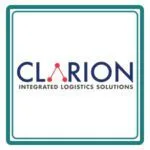
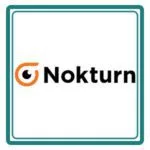

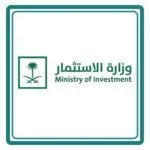
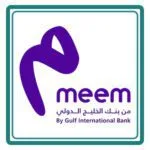




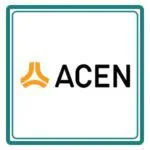
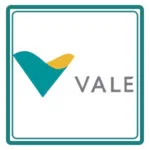





2. Developing the Quality Manual
We created a structured QMS Manual aligned with ISO 9001:2015 clauses. It included:
- Quality policy and objectives
- Defined roles and responsibilities
- Documentation and control procedures
- Process interaction diagrams using the PDCA (Plan-Do-Check-Act) model
- Audit and review procedures
Sample Section:
“The organization has identified the need to document, monitor, and continually improve its processes through KPI tracking and management review meetings.”
3. Risk-Based Thinking (Clause 6.1)
We implemented a risk management framework using a risk register, including:
Risk Description | Likelihood | Impact | Mitigation Strategy |
System downtime during peak | Medium | High | IT maintenance schedule + cloud backup |
Staff absenteeism | High | Medium | Secondary backup and cross-training system |
4. Mapping Operational Processes
We helped them define vertical and horizontal processes:
- Service Delivery: Request > Resource Assignment > QA > Client Delivery
- Support Functions: HR, Admin, Training, IT
Each was documented with:
- Input and output
- Risk areas
- Monitoring points
- Responsible owners
5. Training, Communication & Internal Audits
We guided them to:
- Conduct QMS awareness training for all staff
- Assign quality champions per department
- Schedule quarterly internal audits
- Conduct semi-annual management review meetings
Realistic KPI Example:
“Maintain a minimum 95% client satisfaction score with monthly reporting to the Quality Manager.”
Results Delivered
By the end of the engagement, the company had:
- A complete, ISO 9001-aligned QMS Manual
- Clearly defined roles and departmental procedures
- A working internal audit and CAPA system
- Solid preparation for third-party certification audits
- Improved quality control and team accountability
Why ISO 9001 Is Gaining Momentum in Mysore
Mysore is becoming a rising hub for IT-enabled services, engineering support, and data-driven outsourcing. Companies here are realizing that ISO 9001:
- Opens doors to international contracts
- Streamlines internal systems
- Improves transparency and documentation
- Shows clients that you mean business
GET A FREE CONSULTATION NOW
FAQ
Is a QMS Manual required for ISO 9001 certification?
Yes. It’s a foundational document that explains how your organization meets the requirements of ISO 9001.
Can we implement ISO 9001 without a full-time QA team?
Yes. We structure responsibilities across your existing team and provide the needed templates, training, and audits.
How long does ISO 9001 implementation take?
On average, 6 to 10 weeks, depending on your company size, documentation level, and staff availability.
